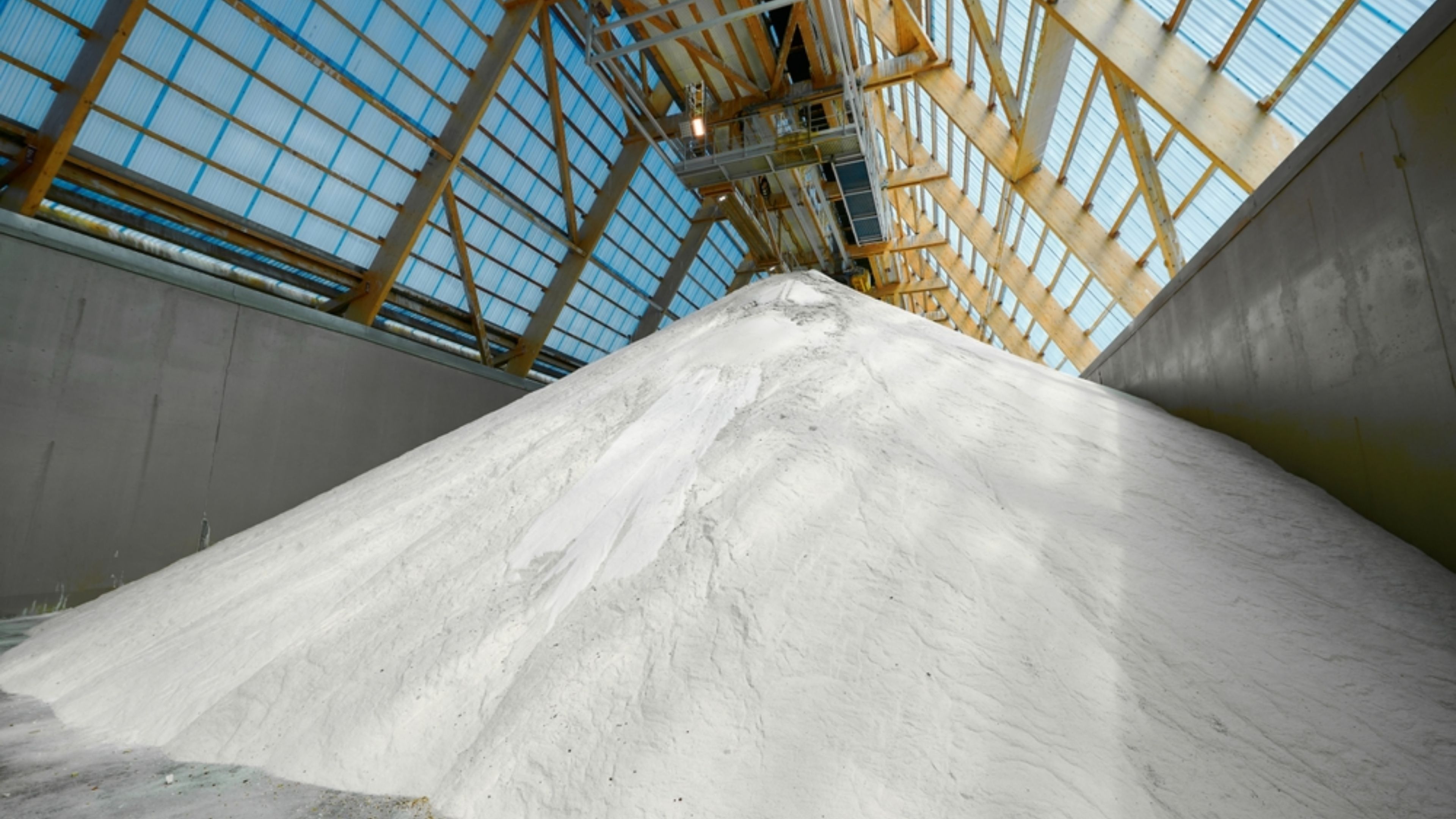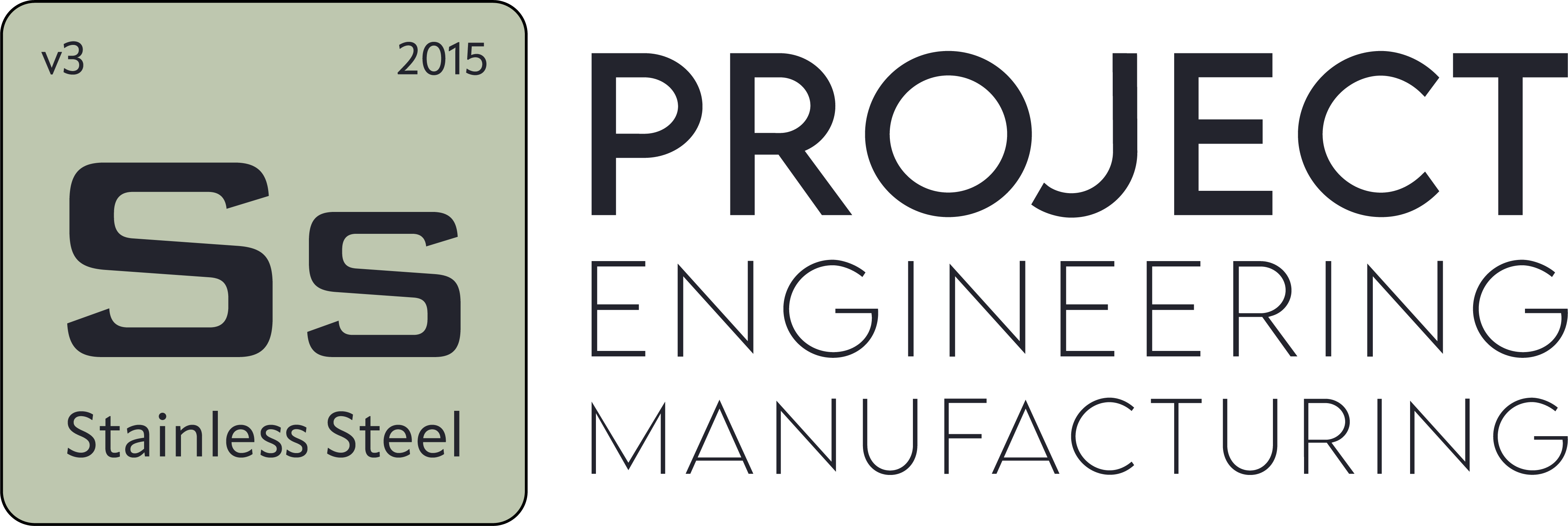Dust Transfer Systems: How to Ensure Efficiency and Safety in Industrial Production?
- Blog
- Dust Transfer Systems: How to Ensure Efficiency and Safety in Industrial Production?
Dust Transfer Systems: How to Ensure Efficiency and Safety in Industrial Production?
Table of Contents
- How Do Dust Transfer Systems Increase Efficiency in Industrial Production?
- Which Systems and Procedures Should Be Used for Safe Dust Transfer?
- Which Mistakes Should Be Avoided in Dust Transfer in Industrial Facilities?
- How Are Energy Efficiency and Occupational Safety Ensured in Dust Transfer Systems?
- How Much Advantage Do Modern Dust Transfer Systems Offer Compared to Traditional Systems?
- Energy Consumption and Cost Analysis in Dust Transfer in Industrial Facilities
How Do Dust Transfer Systems Increase Efficiency in Industrial Production?
In industrial production processes, dust transfer systems optimize material flow and increase efficiency. These systems enable powders to be transported quickly and cleanly between lines, reducing production time and labor requirements. SS-Proje ensures these processes run smoothly with high-quality and integrated solutions.
Modern dust transfer systems primarily use vacuum or pneumatic technologies. Material transport is carried out in a controlled and uniform manner, minimizing interruptions on the production line. This increases production efficiency while reducing product losses.
Hygiene and safety in dust transfer are especially critical for the food and pharmaceutical industries. Reducing dust contamination risk ensures both product quality and employee safety. SS-Proje’s systems are designed to meet these standards and have passed field tests.
Automation and sensor integration enhance the performance of transfer systems. Real-time monitoring allows material flow to be tracked, and errors are quickly detected and resolved. This ensures operational efficiency remains consistently high.
Dust transfer systems not only increase speed and efficiency in industrial production but also contribute to energy savings and reduced maintenance costs. With SS-Proje solutions, facilities enhance production capacity and gain long-term operational advantages.
Which Systems and Procedures Should Be Used for Safe Dust Transfer?
Safe dust transfer in industrial production processes is critical for both product quality and employee safety. Implementing the correct systems and procedures minimizes dust contamination risks and prevents production line disruptions. SS-Proje provides solutions that ensure safe and efficient transfer processes.
Pneumatic and vacuum transfer systems enable controlled transport of powders, increasing production efficiency. Material flow is continuously monitored and integrated with automation systems, preventing blockages and backflows, thus improving line efficiency.
Procedures are as important as the systems. Operator training, standard operating procedures (SOPs), and periodic maintenance plans support safe operation of transfer systems. Traceability ensures all transfer steps are documented, and any deviations are quickly identified. SS-Proje’s field support services ensure these processes are effectively executed.
Hygiene and safety measures in dust transfer systems are especially critical for the food and pharmaceutical industries. Precautions against dust accumulation and explosion risks ensure both facility safety and product quality. Filtration, pressure control, and proper piping design are key components of these measures.
Safe and optimized dust transfer systems increase operational efficiency in industrial production while reducing maintenance and energy costs in the long term. With SS-Proje’s integrated solutions, facilities achieve a sustainable and safe production environment.
Which Mistakes Should Be Avoided in Dust Transfer in Industrial Facilities?
Mistakes during dust transfer in industrial production facilities reduce efficiency and increase occupational safety risks. Neglect in system design, incorrect equipment selection, or insufficient maintenance are common issues. SS-Proje offers high-quality solutions that minimize these mistakes and secure production processes.
If material flow is not monitored in pneumatic or vacuum systems, blockages and backflows can occur, causing production line stoppages and time loss. Regular system maintenance and sensor-based monitoring solutions are critical to preventing these issues.
Neglecting hygiene and safety standards in dust transfer poses serious risks, especially in the food and pharmaceutical sectors. Dust accumulation and contamination reduce product quality and may lead to regulatory compliance issues. SS-Proje’s integrated solutions maintain hygiene and safety while improving efficiency.
Lack of operator training and failure to follow procedures are also common mistakes. Standard operating procedures and traceability practices ensure all transfer steps are documented and errors are promptly addressed.
Proper system selection, regular maintenance, and adherence to procedures minimize mistakes in dust transfer and enhance efficiency in industrial production. With SS-Proje solutions, facilities achieve both safe and uninterrupted production processes.

How Are Energy Efficiency and Occupational Safety Ensured in Dust Transfer Systems?
In industrial production processes, energy efficiency in dust transfer systems is critical for reducing operational costs and increasing sustainability. Properly designed systems reduce unnecessary energy consumption while ensuring uninterrupted production. SS-Proje maximizes facility efficiency with energy-saving solutions.
Occupational safety is as important as energy efficiency. Dust explosion and contamination risks can be minimized with appropriate equipment and procedures. Closed systems, filtration, and pressure-controlled transfer mechanisms ensure employee safety while allowing continuous operation.
Automation and sensor technologies are used to enhance energy efficiency. Real-time monitoring optimizes system performance and prevents excessive energy use. This approach also enables predictive maintenance and contributes to workplace safety.
Procedures and training are essential to reduce safety risks in dust transfer. Standard operating procedures and periodic training ensure operators use the system correctly and safely. SS-Proje’s support and consulting services ensure these processes are implemented effectively.
Energy efficiency and occupational safety are interconnected, and both can be achieved with well-designed dust transfer systems. SS-Proje solutions reduce costs while providing a safe and sustainable production environment.
How Much Advantage Do Modern Dust Transfer Systems Offer Compared to Traditional Systems?
In industrial production, modern dust transfer systems offer significant advantages over traditional systems. They stand out in terms of energy savings, lower maintenance requirements, and operational efficiency. SS-Proje optimizes production processes with these modern solutions.
Traditional systems often require manual intervention for material flow and have low line efficiency. Modern systems, integrated with automation and sensor technologies, minimize issues like blockages and backflows. This ensures production continuity and quality control.
Energy efficiency is another advantage of modern systems. Pneumatic and vacuum transfer technologies optimize energy consumption while providing low noise levels and minimal dust loss. These features reduce operating costs and enhance safety.
Hygiene and contamination control are critical, particularly in the food and pharmaceutical sectors. Closed systems and filtration technologies ensure materials are transported cleanly and safely. SS-Proje solutions meet industrial hygiene standards and support sustainable production.
Modern dust transfer systems also offer traceability and ease of maintenance. Automatic sensors and control panels allow real-time monitoring of system performance and early detection of potential malfunctions. This ensures uninterrupted and safe production processes.
Energy Consumption and Cost Analysis in Dust Transfer in Industrial Facilities
Energy consumption in dust transfer systems in industrial facilities is a key factor directly affecting operational costs. Using modern systems can increase energy efficiency and minimize unnecessary expenses. SS-Proje supports facility sustainability with energy-saving solutions.
Traditional systems generally consume high and uncontrolled energy. Pneumatic and mechanical transfer methods increase operating costs due to heavy energy usage. Modern systems equipped with optimized pumps and sensors save both energy and labor.
Cost analysis is directly related to energy consumption. Real-time monitoring and data collection systems allow energy usage optimization and identification of potential savings. This approach provides both short-term and long-term cost advantages.
Occupational safety and environmental impacts in dust transfer should also be included in cost analysis. Closed transfer systems and filtration technologies ensure employee safety and minimize product loss. SS-Proje’s innovative systems provide safe and cost-effective solutions for production facilities.
Energy consumption and cost analysis play a critical role in selecting systems for industrial facilities. Properly designed modern dust transfer systems reduce costs while improving efficiency and safety, and SS-Proje provides these solutions according to industry standards.


